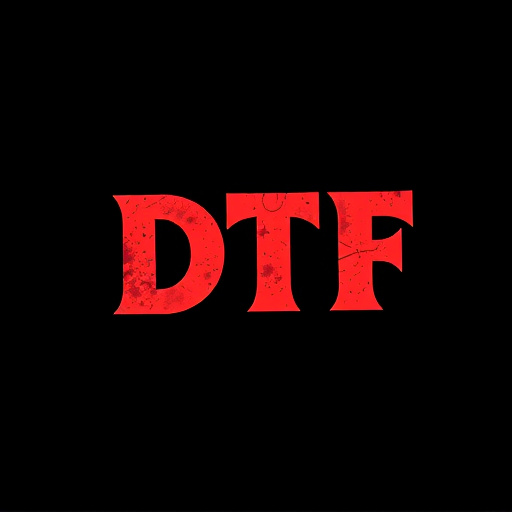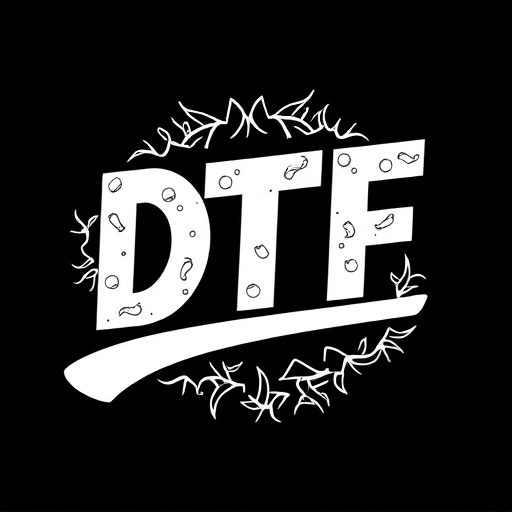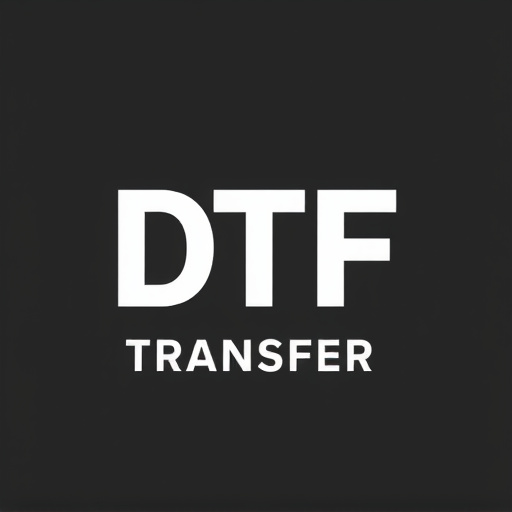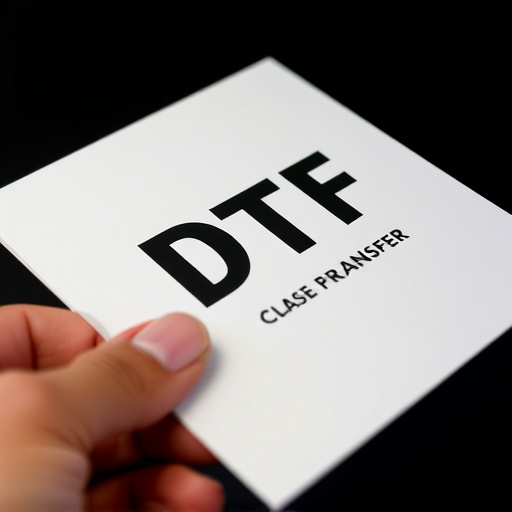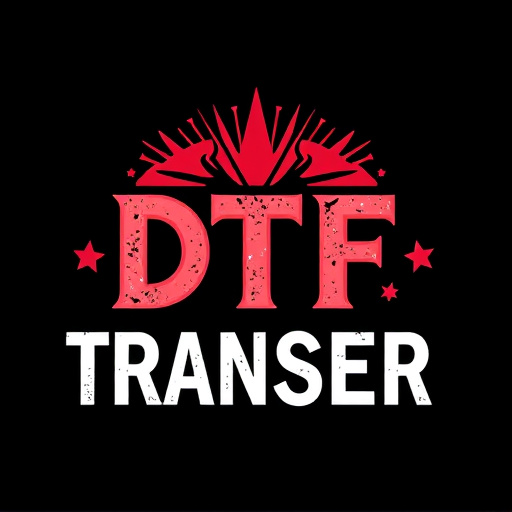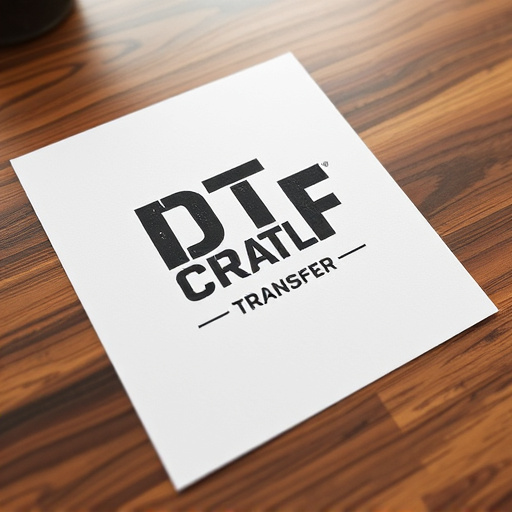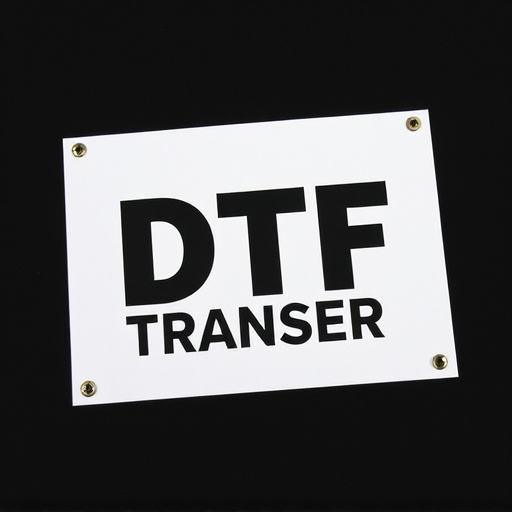Direct-to-film (DTF) transfers are a cutting-edge printing technique offering unparalleled detail and accuracy for art reproduction and preservation. The process involves scanning high-resolution digital art onto light-sensitive film, creating negatives used to produce DTF prints on various media. Favored for showcasing fine art in private collections and public galleries, DTF prints maintain stunning reproduction quality. This technology is a game-changer for small batch productions and independent filmmakers, providing swift, efficient, and cost-effective printing alternatives. In the US market, DTF transfers are prominent due to their versatility and quick production times. Selecting a reputable DTF service ensures high-quality prints, while stringent Quality Assurance and Control (QAC) protocols maintain accuracy. With advancements in technology, DTF promises enhanced print quality, integration into automation processes, and environmental sustainability.
Direct-to-film (DTF) transfers have emerged as a revolutionary printing method in the United States. This article delves into the intricacies of DTF technology, exploring its process from digital files to physical prints. We’ll uncover the benefits that make DTF printing a preferred choice in the US market, guide you through selecting top service providers, and discuss quality assurance measures. Furthermore, we’ll peek into the future of DTF transfers, highlighting their diverse applications and trends shaping this dynamic industry.
- Understanding Direct-to-Film (DTF) Transfers: A Brief Overview
- The DTF Transfer Process: From Digital to Physical Prints
- Benefits of Using DTF Printing in the US Market
- Choosing the Right DTF Transfer Service Providers
- Quality Assurance and Control in DTF Prints
- Applications and Future Trends of DTF Transfers in the USA
Understanding Direct-to-Film (DTF) Transfers: A Brief Overview
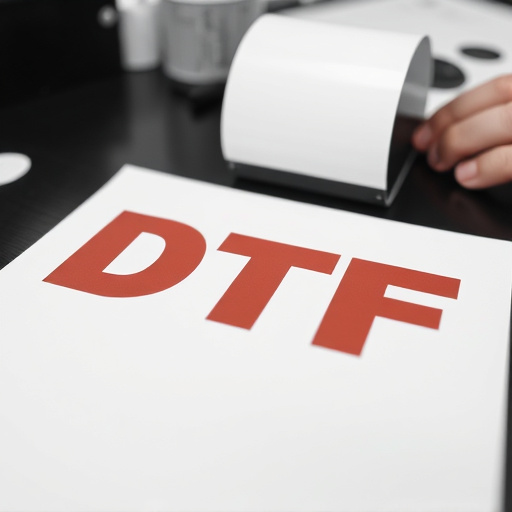
Direct-to-film (DTF) transfers are a cutting-edge printing technique revolutionizing the way we reproduce and preserve visual art. This innovative process involves transferring images directly onto film, offering an unparalleled level of detail and accuracy. DTF is particularly popular among artists and collectors seeking high-fidelity prints of their work. By eliminating traditional intermediate steps, DTF transfers ensure that every shade, texture, and nuance from the original artwork is captured in the final print.
The process begins with a high-resolution digital scan of the artwork, which is then converted into a format compatible with specialized printing equipment. This data is used to expose light-sensitive film, creating a negative that accurately represents the original piece. Subsequently, DTF prints are produced by passing the exposed film through a printer, which transfers the image onto various media, including canvas, paper, or even metal. The result is a stunning reproduction that closely mimics the original artwork, making DTF transfers a preferred choice for showcasing fine art in both private collections and public galleries alike.
The DTF Transfer Process: From Digital to Physical Prints

The Direct-to-Film (DTF) transfer process is a cutting-edge technique that bridges the digital and physical worlds in film production. It involves transferring high-resolution digital data directly onto a physical print, offering an innovative way to create on-demand, high-quality prints without traditional film negatives. This method has revolutionized the printing industry, especially for small batch productions and independent filmmakers.
In this process, digital files, such as those from cameras or computer-generated imagery (CGI), are precisely mapped onto a sensitive emulsion-coated print material. The DTF transfer uses specialized equipment to expose the emulsion according to the digital data, creating a unique negative of the desired image. Subsequently, a physical print is made from this negative, resulting in DTF prints that closely match the original digital file’s quality and resolution. This technology ensures a direct and accurate translation from the digital realm to physical prints, making it an appealing option for those seeking a fast, efficient, and cost-effective alternative to conventional film printing methods.
Benefits of Using DTF Printing in the US Market
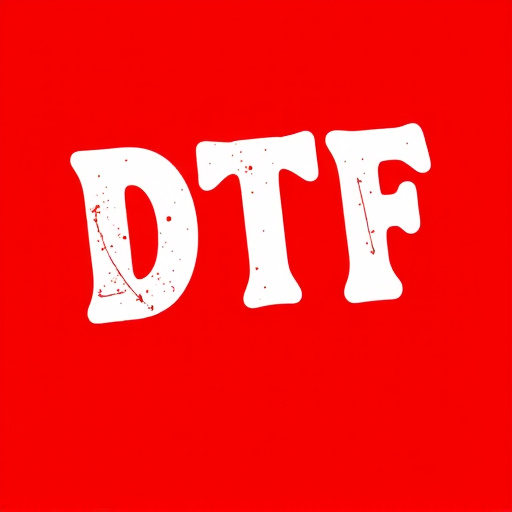
Direct-to-film (DTF) transfers have gained significant traction in the US market due to their numerous advantages. One of the key benefits is the ability to produce high-quality, vibrant prints directly on a variety of materials, from fabrics to plastics and metals. This versatility allows businesses to cater to diverse customer needs and preferences without compromising on visual appeal.
Additionally, DTF printing offers faster production times compared to traditional methods. The direct application of ink onto the substrate eliminates the need for intermediate steps, resulting in quicker turnaround times. This efficiency is particularly valuable for small-batch productions or time-sensitive projects, ensuring that businesses can meet demands promptly while maintaining excellent print quality.
Choosing the Right DTF Transfer Service Providers
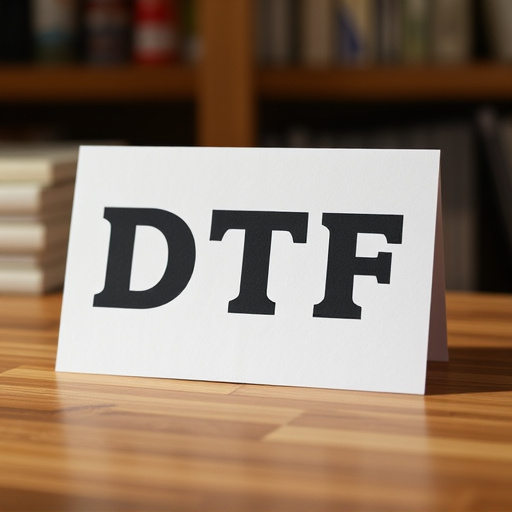
Selecting a reputable DTF Transfer service is paramount to achieving high-quality DTF prints. With numerous providers in the United States, it’s essential to consider factors like their experience, technology, and customization options. Reputable companies often invest in advanced machinery and employ skilled technicians to ensure precision and accuracy during the transfer process.
When choosing a DTF Transfer service, verify their capabilities for your specific needs. Some providers specialize in certain materials or have expertise in intricate designs. Reading reviews, comparing portfolios, and requesting samples can help you make an informed decision. Opting for a well-established DTF Printing company will result in superior outcomes and cater to your project’s unique requirements effectively.
Quality Assurance and Control in DTF Prints
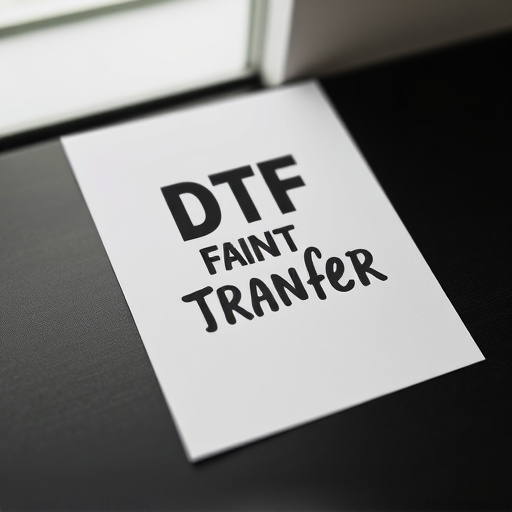
Direct-to-film (DTF) transfers in the United States require stringent Quality Assurance and Control (QAC) measures to ensure optimal print quality. The process involves transferring high-resolution digital images directly onto film stock, making precision and consistency paramount. QAC procedures include meticulous calibration of printing equipment, regular testing of film stocks, and thorough inspection of each print at various stages of production.
These protocols are crucial in mitigating issues like color deviation, misregistration, and image distortion that can occur during complex DTF printing processes. By implementing rigorous QAC standards, manufacturers can produce DTF prints that accurately reproduce the intended visuals, ensuring customer satisfaction and maintaining the reputation of high-quality film transfers.
Applications and Future Trends of DTF Transfers in the USA
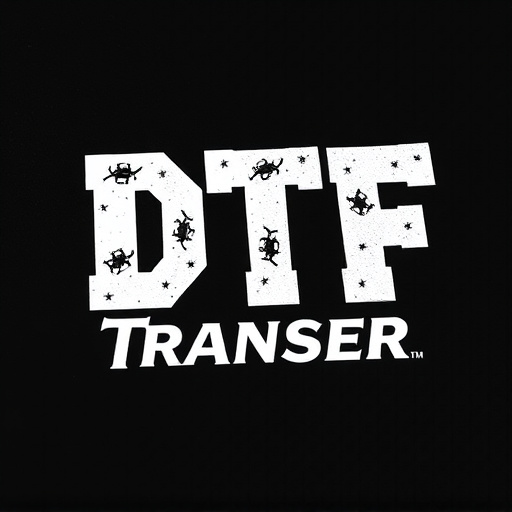
Direct-to-film (DTF) transfers have found diverse applications in the United States across various industries. From signage and graphics to promotional products, DTF printing offers a cost-effective and efficient solution for producing high-quality prints directly on a wide range of materials, including plastics, metals, and fabrics. Its versatility allows businesses to create custom designs, brand messaging, and eye-catching visuals with ease, making it particularly appealing for small and medium enterprises looking to make an impact without breaking the bank.
Looking ahead, the future of DTF transfers in the USA appears promising. With advancements in technology, print quality is expected to continue improving, enabling even more intricate and vibrant designs. The integration of DTF printing into larger automation processes could streamline production, making it faster and more accessible for a broader range of applications. Furthermore, as environmental consciousness grows, DTF’s eco-friendly credentials—reducing waste compared to traditional methods—could position it as a sustainable choice, catering to the rising demand for green technologies across industries.



